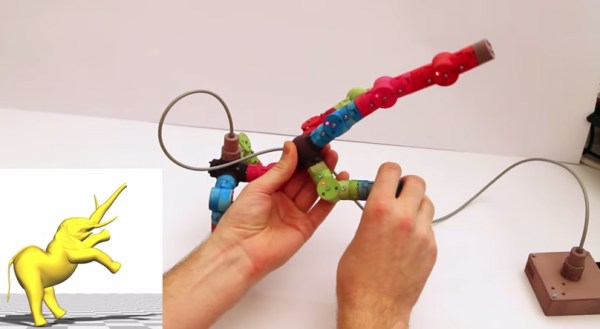OK, sit down, everyone — we don’t want you falling over and hurting yourself when you learn the news that actually yes, your phone has been listening to your conversations all along. Shocking, we know, but that certainly seems to be what an outfit called Cox Media Group (CMG) does with its “Active Listening” software, according to a leaked slide deck that was used to pitch potential investors. The gist is that the software uses a smartphone’s microphone to listen to conversations and pick out keywords that it feeds to its partners, namely Google, Facebook, and Amazon so that they can target you with directed advertisements. Ever have an IRL conversation about something totally random only to start seeing references to that subject pop up where they never did before? We sure have, and while “relationship mining” seemed like a more parsimonious explanation back in 2017, the state of tech makes eavesdropping far more plausible today. Then there’s the whole thing of basically being caught red-handed. The Big Three all huffed and puffed about how they were shocked, SHOCKED to learn that this was going on, with reactions ranging from outright denial of ever partnering with CMG to quietly severing their relationship with the company. So much for years of gaslighting on this.
rigging2 Articles
Rigging Your 3D Models In The Real-World
Computer animation is a task both delicate and tedious, requiring the manipulation of a computer model into a series of poses over time saved as keyframes, further refined by adjusting how the computer interpolates between each frame. You need a rig (a kind of digital skeleton) to accurately control that model, and researcher [Alec Jacobson] and his team have developed a hands-on alternative to pushing pixels around.

The skeletal systems of computer animated characters consists of kinematic chains—joints that sprout from a root node out to the smallest extremity. Manipulating those joints usually requires the addition of easy-to-select control curves, which simplify the way joints rotate down the chain. Control curves do some behind-the-curtain math that allows the animator to move a character by grabbing a natural end-node, such as a hand or a foot. Lifting a character’s foot to place it on chair requires manipulating one control curve: grab foot control, move foot. Without these curves, an animator’s work is usually tripled: she has to first rotate the joint where the leg meets the hip, sticking the leg straight out, then rotate the knee back down, then rotate the ankle. A nightmare.
[Alec] and his team’s unique alternative is a system of interchangeable, 3D-printed mechanical pieces used to drive an on-screen character. The effect is that of digital puppetry, but with an eye toward precision. Their device consists of a central controller, joints, splitters, extensions, and endcaps. Joints connected to the controller appear in the 3D environment in real-time as they are assembled, and differences between the real-world rig and the model’s proportions can be adjusted in the software or through plastic extension pieces.
The plastic joints spin in all 3 directions (X,Y,Z), and record measurements via embedded Hall sensors and permanent magnets. Check out the accompanying article here (PDF) for specifics on the articulation device, then hang around after the break for a demonstration video.












